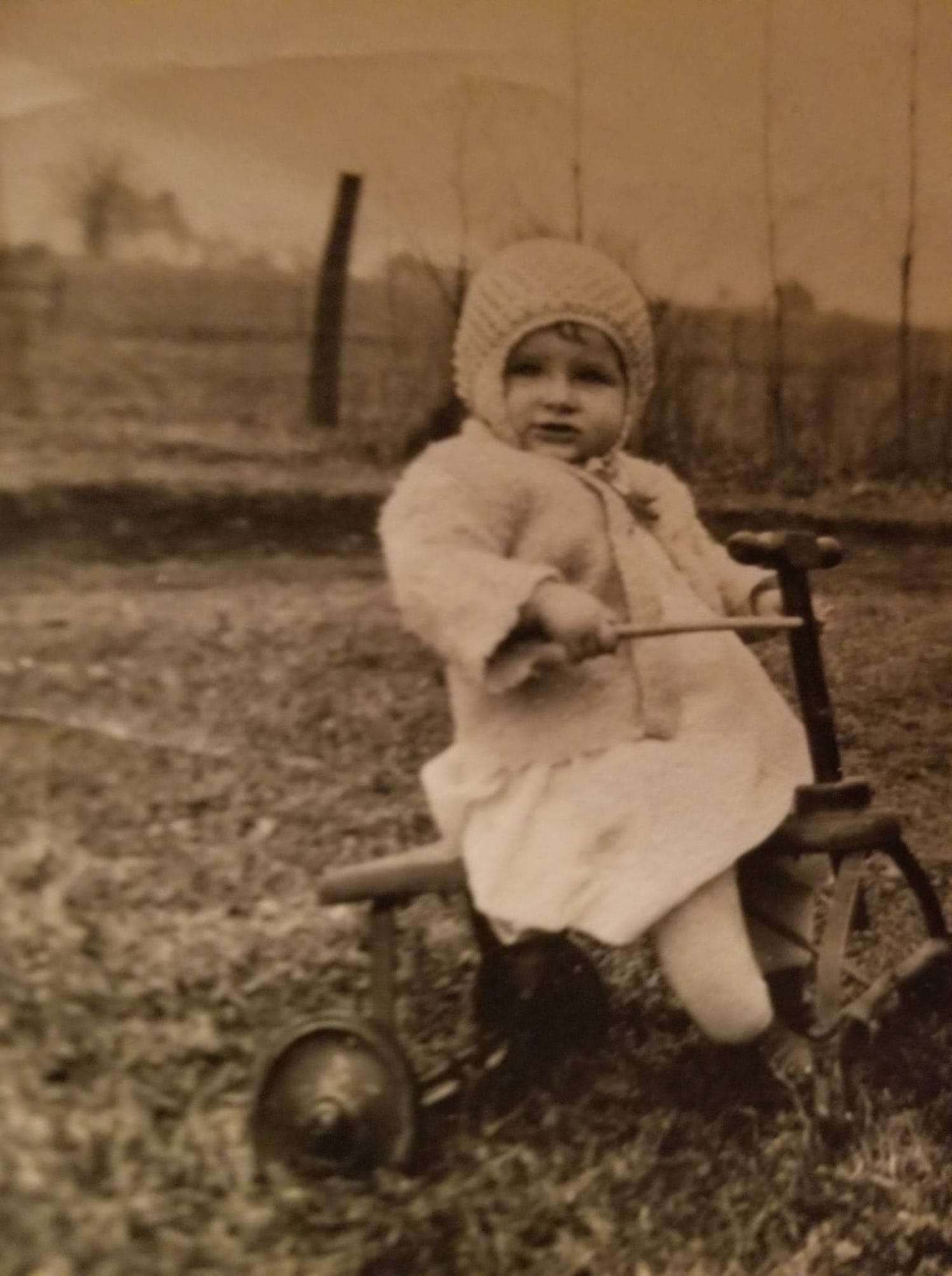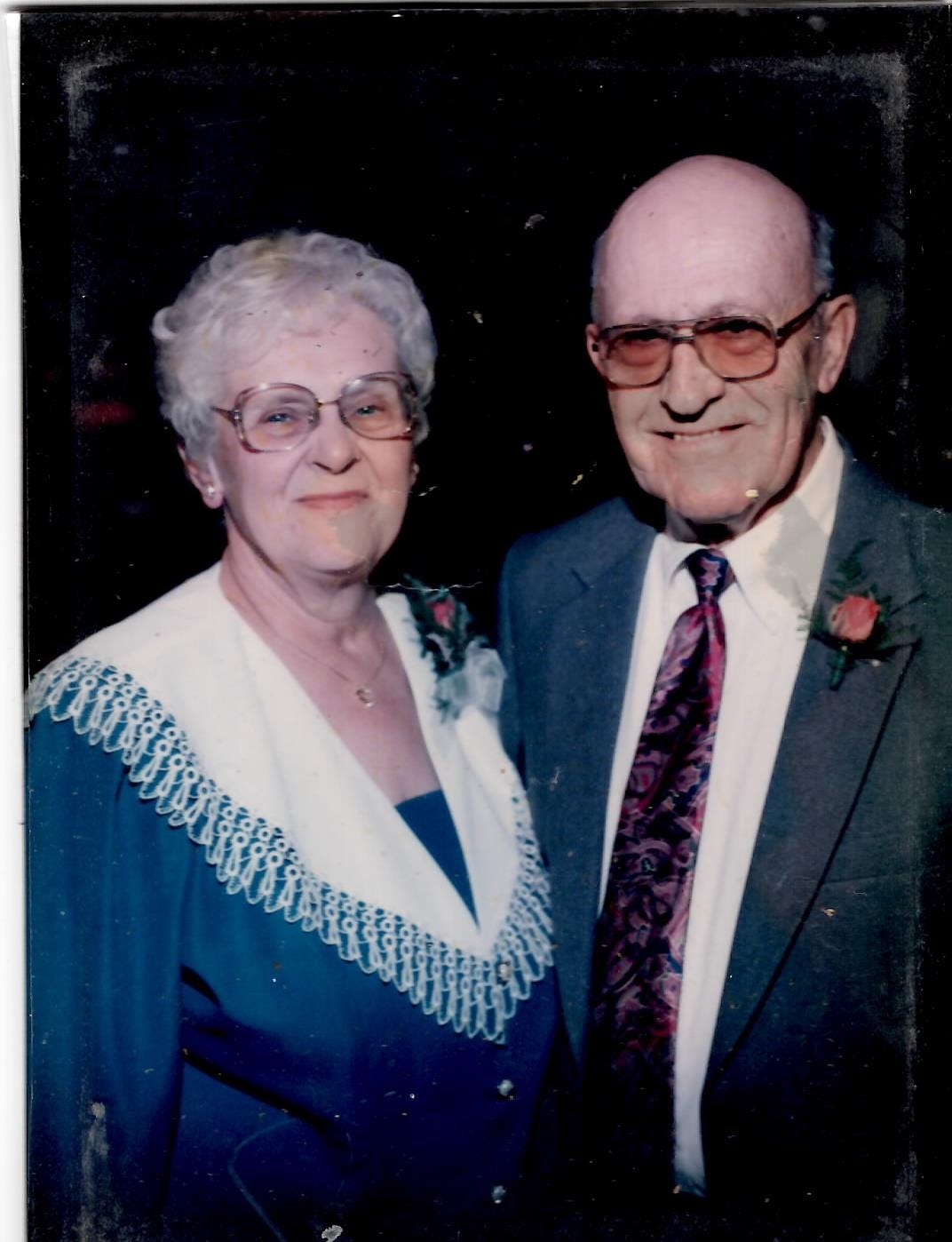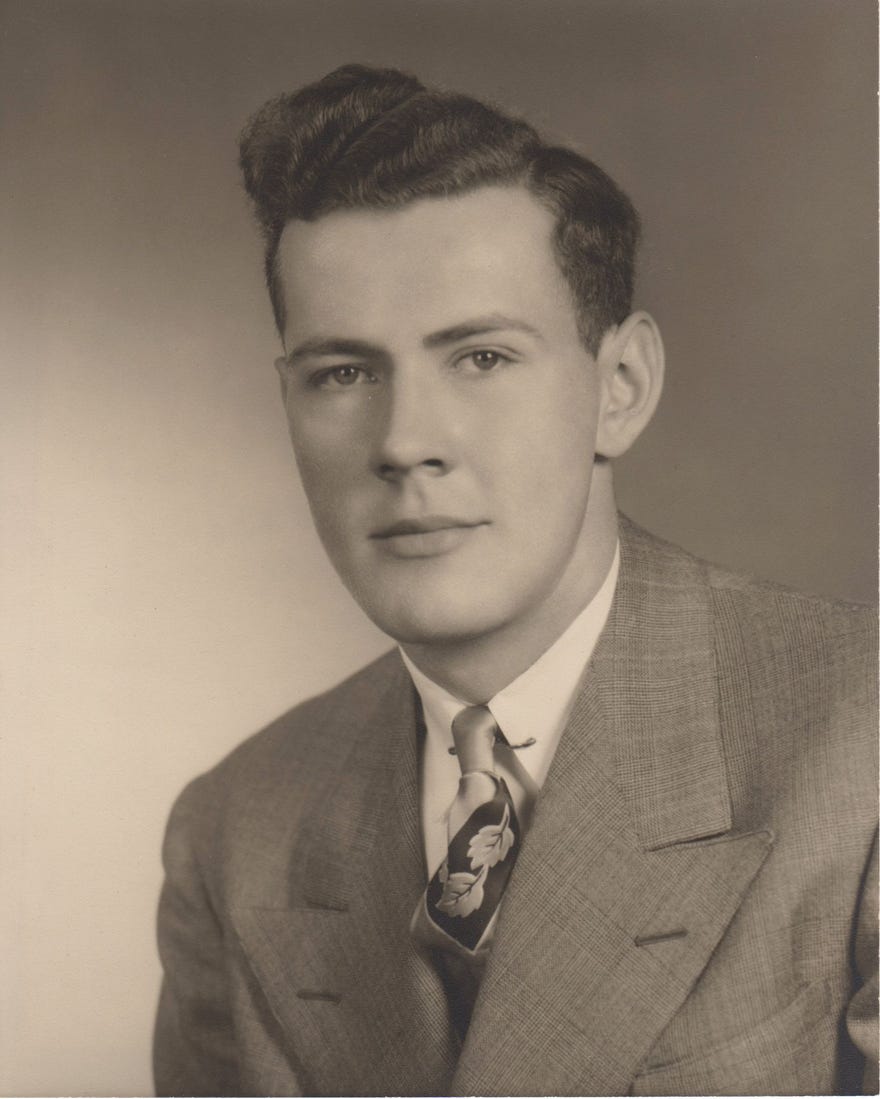Published Sunday April 18th, 2021 at 10:53am

The mystery of baby Wilma Lamoreaux found in 1925 on the doorstep of a Richland County home has finally been solved with the help of DNA.
Infant was left on doorstep of a Richland County home in 1925
The mystery of a baby found in 1925 on the doorstep of a Richland County home has finally been solved 30 years after Wilma Lamoreaux was last featured in the Mansfield News Journal.
Sadly, she passed away before she could learn that she had lived her entire life just 30 miles away from her birth parents and a brother she never knew existed.
"She didn't know that," said Lynette Hamman, one of Lamoreaux's seven children. "It's really incredible."
'The child was not prepared for'
The tale began two years before the invention of television on a warm spring night in 1925 when, at about 11 p.m., Elsey Smith walked out onto the front porch of her home in Plymouth, a village that straddles the northern end of Richland County and southern Huron County.
"She was in a half bushel basket, like what leaf lettuce was shipped in at the time," Hamman said.
The baby was estimated to be two weeks old. She made headlines in several newspapers that spring, including the Mansfield News on April 7, 1925. The blue-eyed, brown-haired child was wearing a white flannelette nightgown when she was discovered, the newspaper reported. A car was seen in the new neighborhood about the time the baby was found.
"Evidently the child was not prepared for," one reporter guessed, "as the clothing on it is all ready made and of inferior quality."

Wilma Lamoreaux and her husband, Dale, lived their whole lives not knowing the names of her birth parents.
'Always told rumors'
The baby was adopted by Manly and Elsie Cole of North Fairfield and spent most of her life in Greenwich — both villages are in Huron County.
She married Dale Lamoreaux in 1944. The couple had seven children.
"She used March 19 as her birth date," Hamman said. "There was no birth certificate."
The woman's history was occasionally brought up over the years, but the family knew little about her mysterious birth.
"We were always told rumors, that it was so and so, but we never had any proof of that," Hamman said.
In fact, Lamoreaux herself didn't investigate her past very deeply while Hamman and her siblings were still young.
But by October 1990, the woman finally agreed to speak with Paul Corbitt, a reporter for the Mansfield News Journal.
"Both of her adoptive parents were gone by that point," Hamman explained. "She didn't want to look while they were alive because she didn't want to hurt them."
'A good mystery book'
It was through Corbitt's reporting that details of the then 65-year-old mystery were finally revealed. Lamoreaux told the writer that she was about 6 or 7 when discovered she had been adopted by finding a newspaper clipping about her birth in the family Bible.
"Her adoptive parents never discussed the matter with her," Corbitt wrote, "and Mrs. Lamoreaux never asked, even when her mother gave her some adoption papers a few years before her death."
Corbitt's piece explained that the baby "wore a band which had been torn from the end of a diaper and was marked with a red letter 'C,'" and that "on the child's back, between her shoulders, was a piece of adhesive tape on which was written 'Davis 315.'"
Was "Davis" actually her maiden name? Was "315" a room number from a hospital, or was it short for March 15, her potential date of birth? Officials speculated about those possibilities in 1925, then family members continued those speculations in 1990.
While Corbitt was investigating the woman's story, her files were unsealed in the Huron County Probate Court. Those records showed the Coles had adopted her April 6, 1925, but no further clues about her birth parents were included.
The entire investigation and subsequent newspaper article in 1990 left everyone involved just as clueless as they were before it started.
Corbitt ended the article with a quote from Lamoreaux's husband, Dale: "It's like reading a good mystery book and not finishing the last chapter."
Missing family found with DNA
Lamoreaux passed away in 1996, her own past still a mystery.
"She would be 95 now if she was still living," Hamman said.
The woman's seven children talked about their mother often, always remembering how much she had wanted to know her real name and her actual date of birth. So, in the summer of 2019, Hamman decided to take an ancestry DNA test.
When the results came back during the early stages of the COVID pandemic, she was surprised to see that several unexpected relatives were listed around North Central Ohio.
"One was a possible first cousin and two were possible second cousins," Hamman said. "But I don't have any first cousins."
She scrambled through her father's list of relatives to see if anyone was missing — there were none. That's when she turned to a group known as the DNA Search Angels, a nonprofit whose members help families connect missing links from DNA tests.
A woman from the organization responded with a list of names within 24 hours.
"It was almost like I couldn't believe it," Hamman said. "She was very good. I told her she was an answer to prayers for us."
Mystery parents finally named
The couple who dropped off the mystery baby in 1925? Their names were August Dahs and Anna Gurtz.
"They got married in 1925 and mom was born in 1925, so it was real close," Hamman said. "We're thinking shortly after mom was born."
The two lived their entire lives around the Sandusky area. It's possible the couple saw their young daughter at some point in their lives without ever knowing it was her.
It seems a little unfair, but the family remembers the world was a very different place a century ago.
"This was 1925 and mom's birth mother was unmarried," Hamman said. "That would have been such a disgrace and wasn't as acceptable as it is now."
Rather than risk being cut off from her family, Gurtz and her soon-to-be-husband gave their unborn daughter the best life they knew how. It's possible they picked a home of distant family friends, or someone they had heard they could trust.
"It sounds like they wanted to leave her somewhere where she would be found," Hamman said. "This birth mother chose to give birth and I'm so glad she chose that."

Lynette Hamman learned that she had an uncle, James Dahs, three years after his death. Dahs never knew that the mystery baby found in 1925 was his sister, Wilma Lamoreaux.
Unknown uncle discovered
But what of the marking "Davis 315" left on the baby's back? Family members wonder if it was really the name "Dahs," just scribbled hurriedly.
"You can see how that could be mistaken for Davis, but I'm not really sure if that's what happened or not," Hamman said.
What she does know is that the young couple restarted their family three years later with the birth of a son, James Dahs.
"His three children said that he had no idea he had a sibling — he always thought he was an only child," Hamman said. "So they didn't tell anyone about mom, they took it to the grave with them. I think in the 1920s that probably wasn't that uncommon. It was a secret and it was going to stay a secret and no one would ever know."
If the two siblings ever met one another, they had no idea they were related, let alone brother and sister.
James lived 19 years after the death of his mystery sister, Wilma. He died in 2017, three years before his nieces and nephews had learned his name.
"I just missed him," Hamman said. "I could have had an uncle."
Family unites nearly 100 years later
When Hamman first took her DNA test, she was warned that any potential relatives she discovered might not accept her into their family and reject the results of the test entirely.
That wasn't the case with the Dahs family, though. In fact, they did just the opposite.
"They've been wonderful," Hamman said.
Her new first cousin, Katie Pattie, even volunteered her own blood to prove the relation was true and declare the case of the 1925 mystery baby solved.
"She actually took a DNA test and confirmed it all for us," Hamman said. "She even added my mom to their family tree."
The families have started to get to know one another, talking over the phone and writing from time to time.
"The things they have told me remind me of how our family was raised," Hamman said. "They were all very close."
Unfortunately, the COVID pandemic has still kept them all from hosting any family reunions — or, perhaps it should be called a family union.
"We're looking forward to meeting them," Hamman said. "There are lots of questions that I know won't be answered, but the important question was who, and we figured that out."
And now that their family has finally solved a century-old mystery, they hope others are able to make equally rewarding discoveries through the power of DNA.
"This is 95 years old and we solved it, so it's possible," Hamman said. "With DNA, you can do it now and we're thankful for that."